Page 65 of 231

Seats and Storage
64
forward, always use suitable lashing st raps which are firmly attached to the
lashing eyes. Never attach a ch ild seat to the lashing eyes!Folding hooksFolding hooks for attaching small items of luggage, such as bags etc., are provided on
both sides of the luggage compartment fig. 58 .
An item of luggage weighing up to 10 kg can be attached to the hook.
WARNING
Please refer to the following guidelines page 62.
Fixing nets - Net programme*Fig. 59 Fixing net: double horizontal pocket , floor fixing net / double vertical pocketsFixing examples of the fixing net as double horizontal pocket, floor fixing net fig. 59
and double vertical pockets fig. 59 on the right.
The fixing nets* and the installation inst ruction are located in the luggage compart-
ment.
WARNING
The whole strength of the net makes it possible to load the pocket with
objects of up to 1,5 kg in weight. Heavy objects are not secured sufficiently - risk
of injury and net damage!
The load to be transported must be fixed in place in such a way that it cannot
move during the journey and when braking.Caution
Do not place any objects with sharp edge s in the nets - risk of net damage.Fixing floor covering of the luggage compartmentYou can lean against the raised floor cover between the backrests of the rear seats and
the luggage compartment cover, as if one needs to reach the spare wheel*.
WARNING (continued)
Fig. 58 Luggage compartment: folding
hooks
s16g.4.book Page 64 Wednesda y, February 10, 2010 3:53 PM
Page 66 of 231

Seats and Storage65
Using the system
Safety
Driving Tips
General Maintenance
Breakdown assistance
Praktik
Technical Data
The luggage compartment cover
You can use the luggage compartment cover behind the head
restraints for storing light and soft items.Fig. 60 Removal of the luggage compartmen t cover / Luggage compartment cover in the
lower positionThe luggage compartment cover can be removed as required if one must transport
bulky goods.
– Unhook the support straps fig. 60 .
– Slightly raise the luggage compartment cover.
– Remove the luggage compartment cover from the holder by pulling to the rear or with adequate blows to th e bottom side of the cover.
– Install again by pushing the luggage compartment cover forwards into the holder and hanging the support straps on the boot lid.
The luggage compartment cover can also be put into the lower position on the
supporting elements fig. 60 on the right.
The procedure of installing or removing is identical.
The luggage compartment cover is foreseen for storage of small objects of up to 2.5 kg.
in weight.
WARNING
No objects should be placed on the luggage compartment cover, the vehicle
occupants could be endangered if th ere is sudden braking or the vehicle
collides with something.
Caution
Please ensure that the heating elements of the rear window heater are not damaged
as a result of objects placed in this area.
Note
When opening the boot lid, lift the luggage compartment cover - risk that objects
placed in this area can slip forward!Static separation net*Fig. 61 Use of the static separation net be hind the rear seats / behind the front seatsInstall the static separation net behind the front seats or the rear seats.Install the static separation net behind the rear seats– Remove the luggage compartment cover.
– Take the separation net out of the bag.
– Unfold both parts of the cross rod until they are heard to engage.
A1
A2
A2
A1
s16g.4.book Page 65 Wednesday, February 10, 2010 3:53 PM
Page 67 of 231
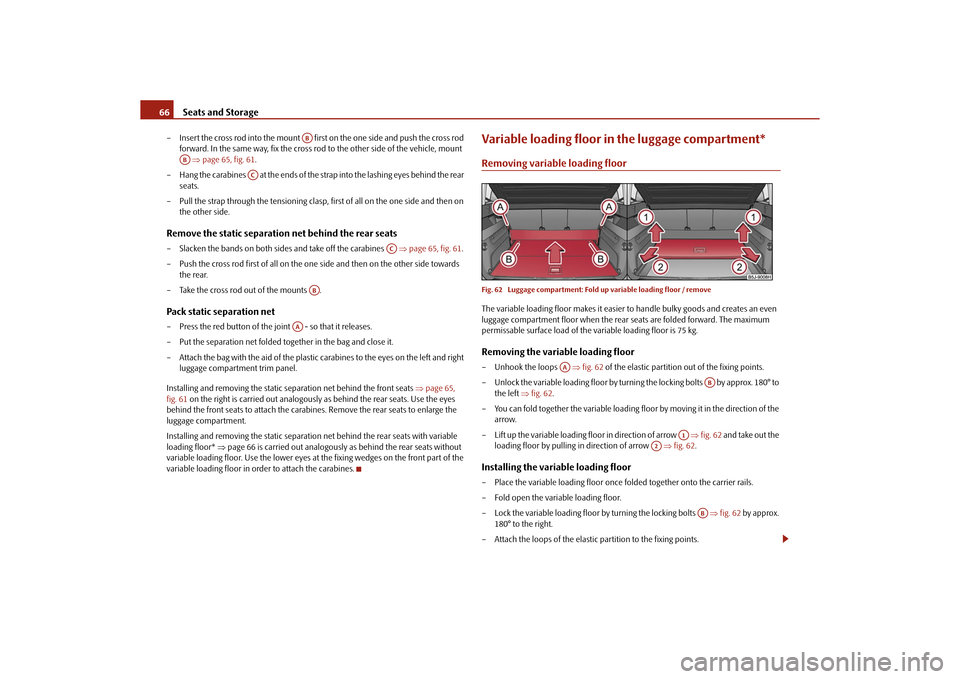
Seats and Storage
66
– Insert the cross rod into the mount first on the one side and push the cross rod
forward. In the same way, fix the cross rod to the other side of the vehicle, mount
page 65, fig. 61 .
– Hang the carabines at the ends of the st rap into the lashing eyes behind the rear
seats.
– Pull the strap through the tensioning clasp, first of all on the one side and then on
the other side.Remove the static separation net behind the rear seats– Slacken the bands on both sides and take off the carabines page 65, fig. 61 .
– Push the cross rod first of all on the one side and then on the other side towards
the rear.
– Take the cross rod out of the mounts .Pack static separation net– Press the red button of the joint - so that it releases.
– Put the separation net folded together in the bag and close it.
– Attach the bag with the aid of the plastic carabines to the eyes on the left and right luggage compartment trim panel.
Installing and removing the static se paration net behind the front seats page 65,
fig. 61 on the right is carried out analogously as behind the rear seats. Use the eyes
behind the front seats to attach the carabi nes. Remove the rear seats to enlarge the
luggage compartment.
Installing and removing the static separation net behind the rear seats with variable
loading floor* page 66 is carried out analogously as behind the rear seats without
variable loading floor. Use the lower eyes at the fixing wedges on the front part of the
variable loading floor in or der to attach the carabines.
Variable loading floor in the luggage compartment*Removing variable loading floorFig. 62 Luggage compartment: Fold up variable loading floor / removeThe variable loading floor makes it easier to handle bulky goods and creates an even
luggage compartment floor when the rear seats are folded forward. The maximum
permissable surface load of the variable loading floor is 75 kg.Removing the variable loading floor– Unhook the loops fig. 62 of the elastic partition out of the fixing points.
– Unlock the variable loading floor by turnin g the locking bolts by approx. 180° to
the left fig. 62 .
– You can fold together the variable loading floor by moving it in the direction of the
arrow.
– Lift up the variable loading floor in direction of arrow fig. 62 and take out the
loading floor by pulling in direction of arrow fig. 62 .Installing the variable loading floor– Place the variable loading floor once folded together onto the carrier rails.
– Fold open the variable loading floor.
– Lock the variable loading floor by turning the locking bolts fig. 62 by approx.
180° to the right.
– Attach the loops of the elastic partition to the fixing points.
AB
AB
AC
AC
AB
AA
AA
AB
A1
A2
AB
s16g.4.book Page 66 Wednesda y, February 10, 2010 3:53 PM
Page 68 of 231

Seats and Storage67
Using the system
Safety
Driving Tips
General Maintenance
Breakdown assistance
Praktik
Technical Data
WARNING
Pay attention when installing that the ca rrier rails and the variable loading floor
are correctly fixed, otherwise the occupants are at risk.
Note
If the variable loading floor* is installed, no flexible storage compartment or fixing net*
can be installed.Remove carrier railsFig. 63 Luggage compartment: Slacken check points / remove carrier railsInstall carrier rails– Slacken the check point on the carrier rails using the vehicle key or a flat screw-
driver fig. 63 .
– Grasp the carrier rail fig. 63 on the right and take it out by pulling in direction
of arrow. The carrier rail on the other side of the luggage compartment can be
removed in the same way.Install carrier rails– Position the carrier rails on the sides of the luggage compartment.
– Press the check point on each carrier rail up to the stop.
– Check the attachment of the carrier rails by pulling it.
WARNING
Pay attention when installing that the ca rrier rails and the variable loading floor
are correctly fixed, otherwis e the occupants are at risk.Take out lateral carrier rail and fixing wedgesFig. 64 Luggage compartment: Take out lateral carrier rail / Take out fixing wedgesRemove lateral carrier rail and fixing wedges– Grasp the lateral carrier rail fig. 64 and take it out by pulling in the direction of
arrow.
– Grasp the fixing wedge fig. 64 on the right and take it out by pulling in the direc-
tion of arrow. To remove the fixing wedge on the other side of the luggage
compartment, proceed in the same way.Install lateral carrier rail and fixing wedges– Position the fixing wedges at the attachme nt points and press these up to stop in
the direction of the luggage compartment sides.
– Insert the lateral carrier rail at an angle to the fixing wedges and press it up to the
stop.
– Check the attachment of the late ral carrier rail by pulling it.
AB
AA
s16g.4.book Page 67 Wednesday, February 10, 2010 3:53 PM
Page 69 of 231
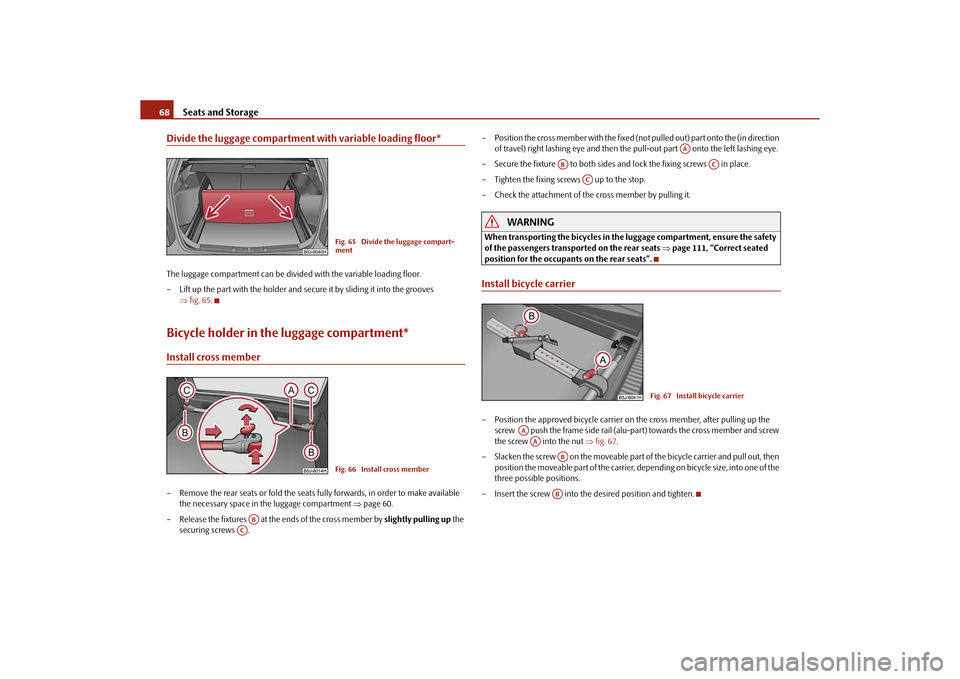
Seats and Storage
68
Divide the luggage compartment with variable loading floor*The luggage compartment can be divided with the variable loading floor.
– Lift up the part with the holder and secure it by sliding it into the grooves
fig. 65 .Bicycle holder in the luggage compartment*Install cross member– Remove the rear seats or fold the seats fully forwards, in order to make available
the necessary space in the luggage compartment page 60.
– Release the fixtures at the ends of the cross member by slightly pulling up the
securing screws . – Position the cross member with the fixed (not
pulled out) part onto the (in direction
of travel) right lashing eye and then the pull-out part onto the left lashing eye.
– Secure the fixture to both sides an d lock the fixing screws in place.
– Tighten the fixing screws up to the stop.
– Check the attachment of the cross member by pulling it.
WARNING
When transporting the bicycles in the luggage compartment, ensure the safety
of the passengers transported on the rear seats page 111, “Correct seated
position for the occupants on the rear seats”.Install bicycle carrier– Position the approved bicycle carrier on the cross member, after pulling up the
screw push the frame side rail (alu-part) towards the cross member and screw
the screw into the nut fig. 67 .
– Slacken the screw on the moveable part of the bicycle carrier and pull out, then
position the moveable part of the carrier, depending on bicycle size, into one of the
three possible positions.
– Insert the screw into the desired position and tighten.
Fig. 65 Divide the luggage compart-
mentFig. 66 Install cross member
AB
AC
AA
AB
AC
AC
Fig. 67 Install bicycle carrier
AAAA
ABAB
s16g.4.book Page 68 Wednesda y, February 10, 2010 3:53 PM
Page 70 of 231

Seats and Storage69
Using the system
Safety
Driving Tips
General Maintenance
Breakdown assistance
Praktik
Technical Data
Put bicycle into the bicycle carrierFig. 68 Put in the bicycle / fastening the front wheel– Remove the front wheel before putti ng the bicycle into the vehicle.
– Slacken the quick tension jack on the fixi ng axle of the bicycle carrier and adjust
according to the width of the bicycle fork.
– Fit the bicycle fork onto the fixing axle and tighten with the quick tension jack
fig. 68 .
– Fasten the removed front wheel with the fixing strap in the vehicle interior so that it does not result in any damage to the luggage compartment, bicycle or the stored
items.
Note
If the front wheel is equipped with disc brak e, attach the wheel in such a way that the
brake disc is opposite the frame.
Secure the stability of the bicycles with a strapFig. 69 Securing the bicycles with clamps / with a strap– To slacken the rubber part of the clamp, push both parts against each other and
open the clamp.
– Position the clamp with the rubber part to the front (in direction of travel) as far as possible below the saddle rod and close the clamp fig. 69 .
– When transporting two bi cycles tension the strap fig. 69 between the saddle
rods.
– Hang the carabines at the ends of the strap into the lashing eyes behind the rear seats.
– Pull the strap through the tensioning clasp, first of all on the one side and then on the other side.
– If it is necessary, the position of the bicycles in the vehicle can be additionally recti- fied.
WARNING
When transporting passengers and objects, which require the seats to be
folded forwards, ensure the safety of the passengers being transported on the
rear seats page 111, “Correct seated position for the occupants on the rear
seats”.
Place the bicycles in the bicycle carrier in such a position that no collision
between the steering arm and the rear window can occur.
s16g.4.book Page 69 Wednesda y, February 10, 2010 3:53 PM
Page 71 of 231

Seats and Storage
70
The roof luggage rack system*Roof rail*Pay attention to the following points if you wish to transport luggage or other items on
the roof of your vehicle:
A special roof luggage rack system was de veloped for the vehicle, that is why you
should only use a roof luggage rack which has been released for use by Škoda Auto.
The roof rail is the basis for a complete roof luggage rack system. Separate addi-
tional holders are required for safety reasons for transporting luggage, bikes, surf-
boards, skis and boats.
The basic version of the roof luggage rack system and further components can be
obtained from Škoda original accessories.Caution
If you use other roof rack systems or if the roof bars are not properly fitted, then any
damage which may result to your car is no t covered by the warranty agreements. It is
therefore essential to pay attention to the fitting instructions supplied with the roof
luggage rack system.
Ensure that the opened boot lid does not collide with the roof load.For the sake of the environment
The increased aerodynamic drag results in a higher fuel consumption.
Note
If a roof rail is not fitted onto a vehicle at the works, it is obtainable from a specialist
garage which carries out the professional fitting.Roof loadDistribute weight evenly over the roof lu ggage rack system. The maximum permissible
roof load (including roof rack system) of 75 kg and the maximum permissible total
weight of the vehicle should not be exceeded.
You cannot make full use of th e permissible roof load if you use a roof luggage rack
system with a lower load carr ying capacity. The load transported on the roof luggage
rack system must not exceed the weight limit which is stated in the fitting instructions.
WARNING
The items which you transport on the roof bar system must be reliably
attached - risk of accident!
You must on no account exceed the pe rmissible roof load, the permissible
axle loads and the permissible gross weight of your vehicle - risk of accident!
Please note that the handling proper ties of your vehicle change when you
transport heavy or bulky items on the roof bar system as a result of the
displacement of the centre of gravity an d the increased wind attack area - risk
of accident! You must absolutely adapt your style of driving and the speed of
the vehicle to the specific circumstances.
Fig. 70 Roof rail
s16g.4.book Page 70 Wednesda y, February 10, 2010 3:53 PM
Page 72 of 231

Seats and Storage71
Using the system
Safety
Driving Tips
General Maintenance
Breakdown assistance
Praktik
Technical Data
Front cup holderYou can place two cups or beverage cans into the recesses fig. 71 .
WARNING
Do not place any hot beverages into th e cup holder. If the vehicle moves,
they may spill - risk of scalding!
Do not use any cups or beakers which are made of brittle material (e.g. glass,
porcelain). You might be injured by them in the event of an accident.Caution
Do not open the beverages in the cup holder whil e driving. There is a risk of spilling e.g.
when braking and therefore the electrical components or the seat upholstery can be
damaged.
Rear cup holder*You can place one cup or beverage can into the recess fig. 72 .
WARNING
Do not place any hot beverages into th e cup holder. If the vehicle moves,
they may spill - risk of scalding!
Do not use any cups or beakers which are made of brittle material (e.g. glass,
porcelain). You might be injured by them in the event of an accident.Caution
Do not open the beverages in the cup holder whil e driving. There is a risk of spilling e.g.
when braking and therefore the electrical components or the seat upholstery can be
damaged.
Fig. 71 Front centre console: Cup holder
Fig. 72 Centre console: Cup holder
s16g.4.book Page 71 Wednesda y, February 10, 2010 3:53 PM
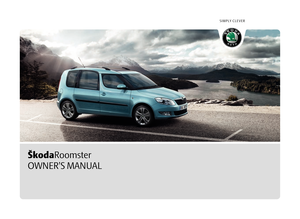 1
1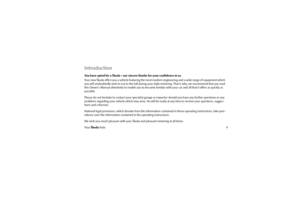 2
2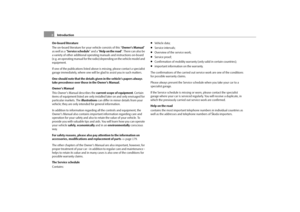 3
3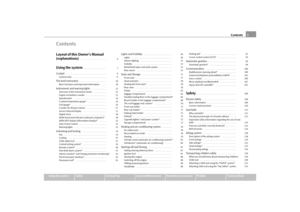 4
4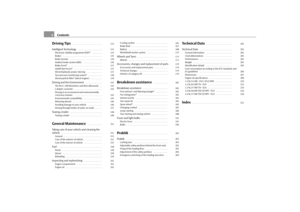 5
5 6
6 7
7 8
8 9
9 10
10 11
11 12
12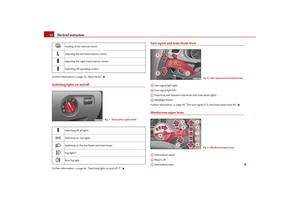 13
13 14
14 15
15 16
16 17
17 18
18 19
19 20
20 21
21 22
22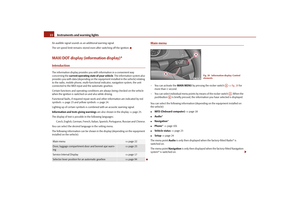 23
23 24
24 25
25 26
26 27
27 28
28 29
29 30
30 31
31 32
32 33
33 34
34 35
35 36
36 37
37 38
38 39
39 40
40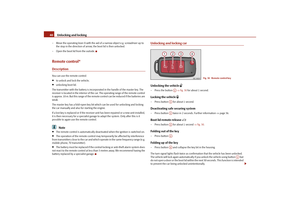 41
41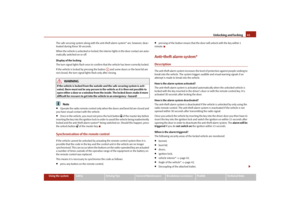 42
42 43
43 44
44 45
45 46
46 47
47 48
48 49
49 50
50 51
51 52
52 53
53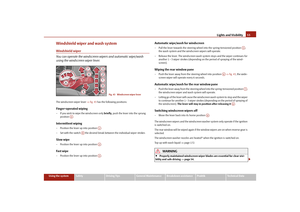 54
54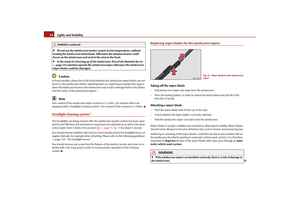 55
55 56
56 57
57 58
58 59
59 60
60 61
61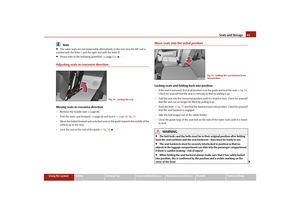 62
62 63
63 64
64 65
65 66
66 67
67 68
68 69
69 70
70 71
71 72
72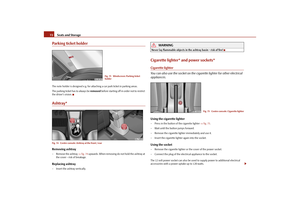 73
73 74
74 75
75 76
76 77
77 78
78 79
79 80
80 81
81 82
82 83
83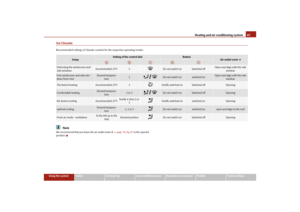 84
84 85
85 86
86 87
87 88
88 89
89 90
90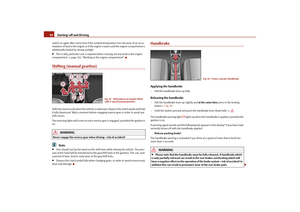 91
91 92
92 93
93 94
94 95
95 96
96 97
97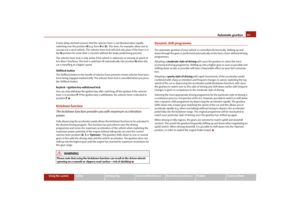 98
98 99
99 100
100 101
101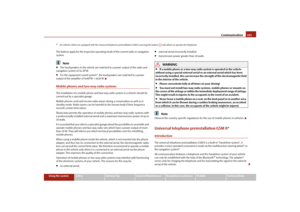 102
102 103
103 104
104 105
105 106
106 107
107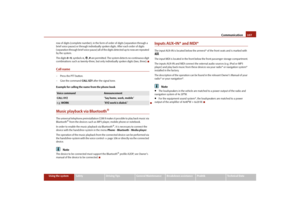 108
108 109
109 110
110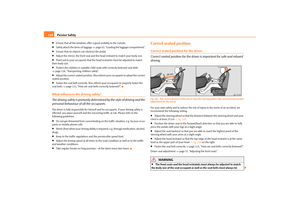 111
111 112
112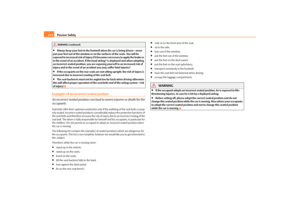 113
113 114
114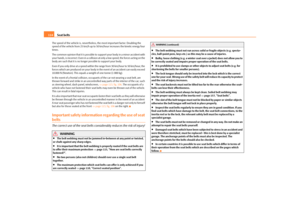 115
115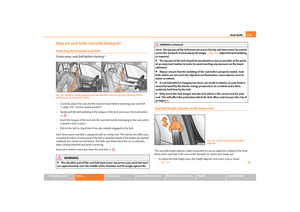 116
116 117
117 118
118 119
119 120
120 121
121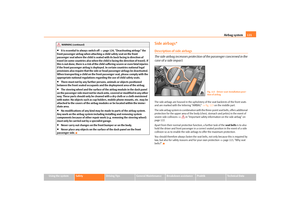 122
122 123
123 124
124 125
125 126
126 127
127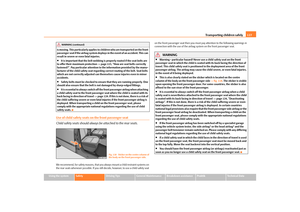 128
128 129
129 130
130 131
131 132
132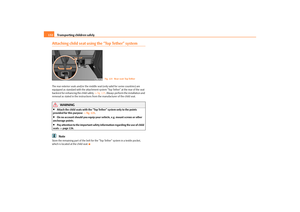 133
133 134
134 135
135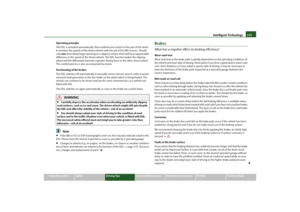 136
136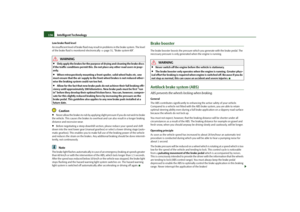 137
137 138
138 139
139 140
140 141
141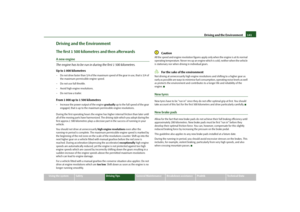 142
142 143
143 144
144 145
145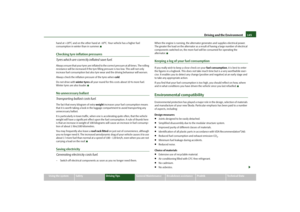 146
146 147
147 148
148 149
149 150
150 151
151 152
152 153
153 154
154 155
155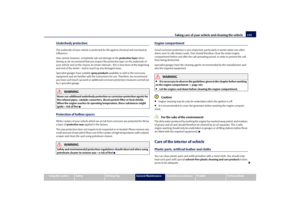 156
156 157
157 158
158 159
159 160
160 161
161 162
162 163
163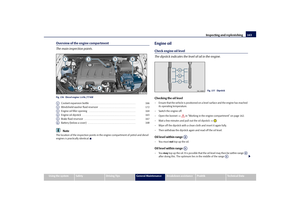 164
164 165
165 166
166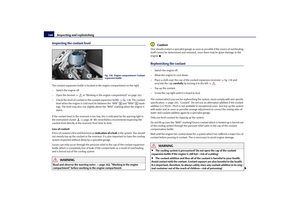 167
167 168
168 169
169 170
170 171
171 172
172 173
173 174
174 175
175 176
176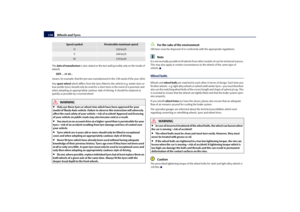 177
177 178
178 179
179 180
180 181
181 182
182 183
183 184
184 185
185 186
186 187
187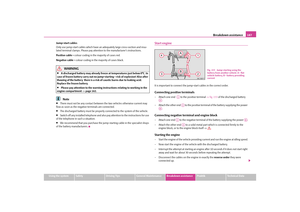 188
188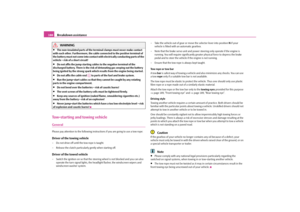 189
189 190
190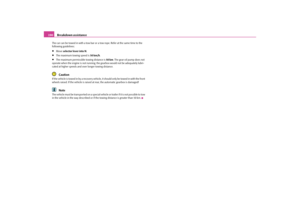 191
191 192
192 193
193 194
194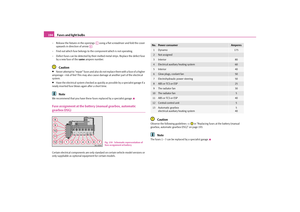 195
195 196
196 197
197 198
198 199
199 200
200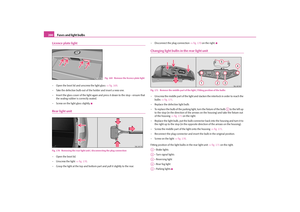 201
201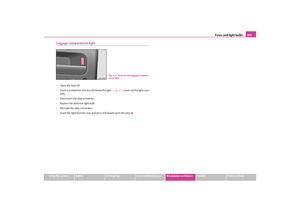 202
202 203
203 204
204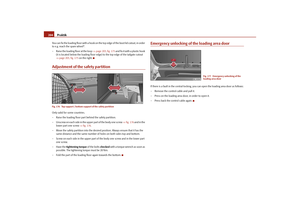 205
205 206
206 207
207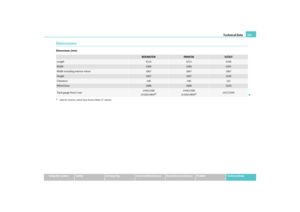 208
208 209
209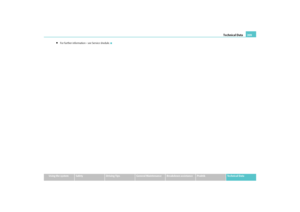 210
210 211
211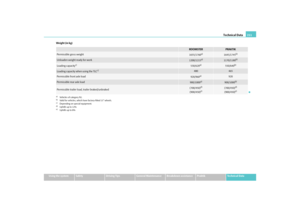 212
212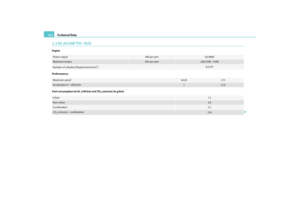 213
213 214
214 215
215 216
216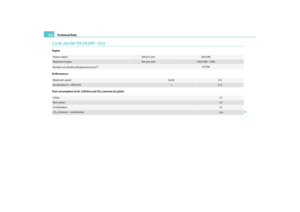 217
217 218
218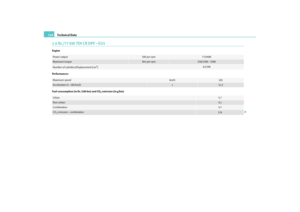 219
219 220
220 221
221 222
222 223
223 224
224 225
225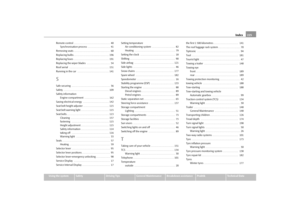 226
226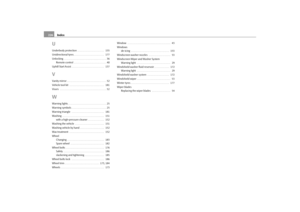 227
227 228
228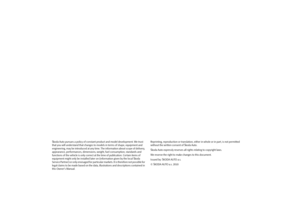 229
229 230
230






